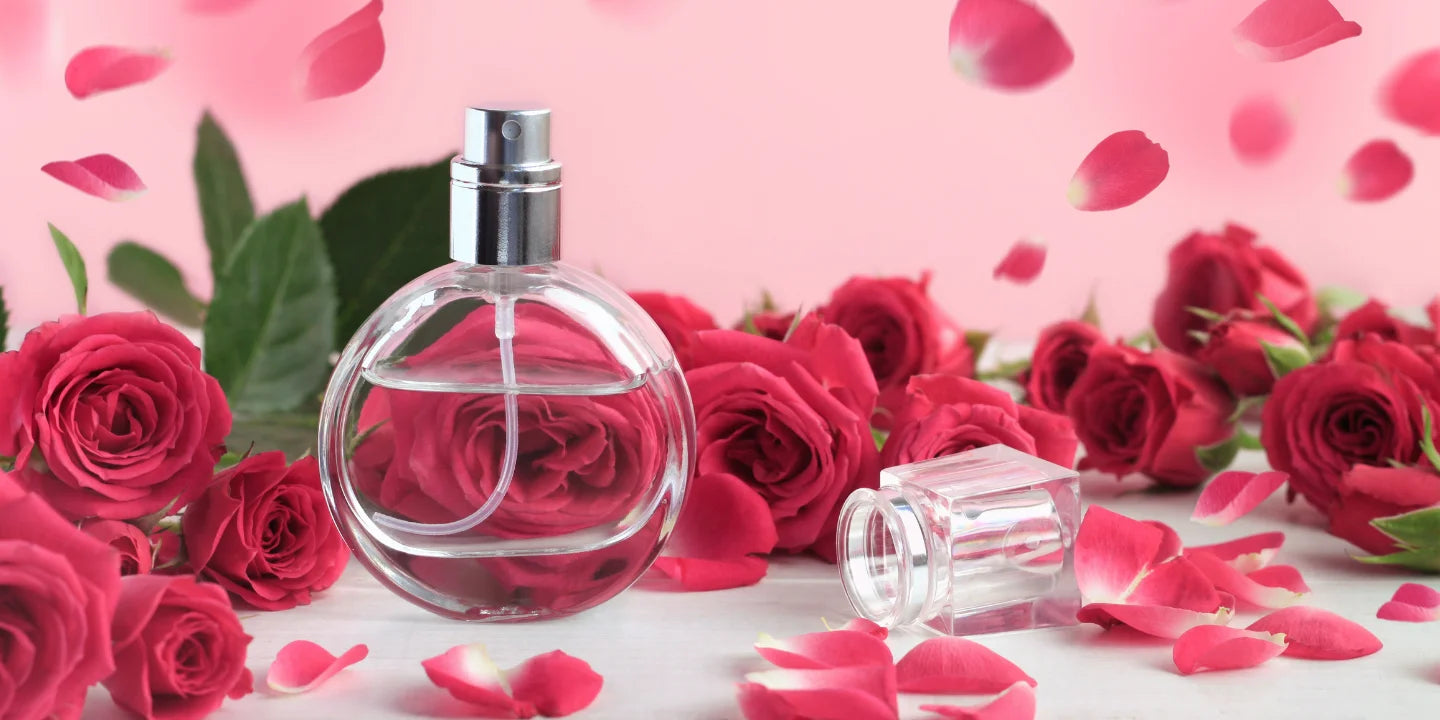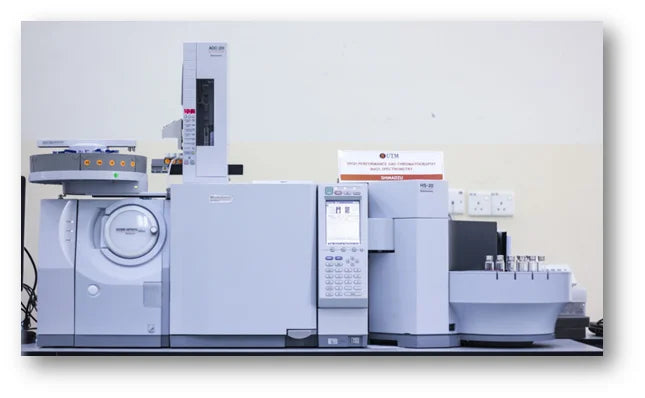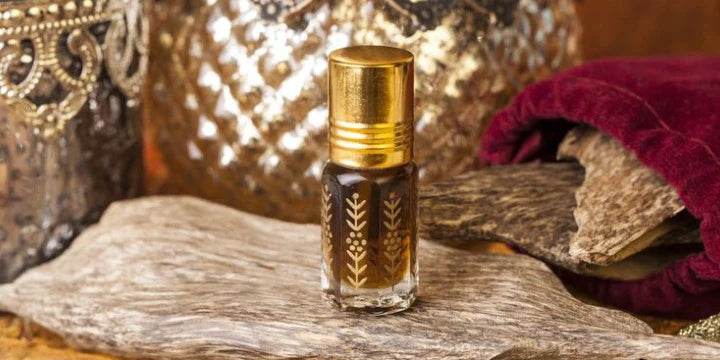Have you ever brushed past a person and smelled a sweet, warm, and musky scent that immediately transported you to a paradise of virtual bliss? Chances are they were wearing Oud. For those unaware, Oud is one of the most sought-after scents in the world. Mostly used in the Middle East and most of southeast Asia, it’s an unending obsession for the people there and it’s rightly justifiable. The industry revolving around Oud values at $6 Billion and is estimated to be one-and-a-half times the value of Gold. That’s one of the reasons why it has earned the nickname “Liquid Gold.” Let’s learn a bit more about one of the most expensive ingredients used in your perfume. What is Oud? Oud, also known as Oudh (Arabic), Agarwood, agalocha, aloeswood or eaglewood is a byproduct of Agar (Aquileria) tree. Its origins lie in the valleys of Assam and from there, it spreads to Bangladesh and the better part of Southeast Asia. Now, even though the wood from the Agar tree is commonly used as incense in parts of Southeast Asia and the Middle East, it’s not the final product that we call Oud. It is rather only formed when the wood of this tree gets infected with a certain parasitic mold, which then forms a dark and fragrant resin. That, in all congruity, is Oud. Only two percent of Agar trees produce Oud which makes it a pretty rare commodity. Why is Oud so important as well as expensive? There are two aspects to this question and both have their distinctive explanations. The importance of Oud, first and foremost, lies in its rarity. Let’s explore the depths to which Oud is considered rare. Starting from the number of places where the existence of Agar trees is prominent, you can say there aren’t many. Out of the number of Agar trees, only two percent of them are capable of producing the bacterial mold that forms Oud. To add to the misery, finding trees with Oud isn’t a straightforward process and requires felling since the bacterial mold is formed inside the trunk. So only by cutting an Agar tree at its bark can one truly find out if it has Oud in it. This process is reducing the number of Agar trees and years of felling have brought them under the risk of extinction. The luxury pricing of Oud is a derivative of these reasons. But there is another element that extends the exclusivity of Oud–its oil.

Oud oil is derived from the resin by three different kinds of extraction processes. But at the bottom line, it is obtained by melting the resin or distilling it from the wood of the Agar tree. Oud oil is somewhat similar to wine in the sense that the longer you age the oil, the better it gets.
Thus, there is a high demand for finely aged Oud oils in the market. However, due to the scarce supply, it

costs bonkers. Around 500 grams (~1 pound) of it will cost you upwards of $5000. That is why retailers only sell 3-gram bottles of Oud oil while stating that this quantity is sufficient to last an entire year because of the peculiarities of Oud itself. I’ll talk about that in a minute. Abdulla Ajmal, General Manager of Ajmal Perfumes states in an NYTimes article that “roughly 20 years ago, a kilogram, or 2.2 pounds, of high-quality “e-grade” oud — the entry-level grade among the best oud quality grades — would cost about 1,800 dirhams, or $500.”
“Now, that same amount would cost 12,000 dirhams,” he said, a staggering rise in price. For those who are willing to spend as much as 200,000 dirhams per kilogram, the highest-quality Oud is still available. But Mr. Ajmal said that at that price, the profit margins are slim.
Oud is only getting more expensive by the day because of the felling of the trees as well as the requirement of it being finely aged. Oud isn’t available in abundance and that is a concern going forward. Some major factors responsible for the soaring high prices of the scent include the location of harvesting, age of the wood, and certain specific species of trees.
For those, however, that aren’t particularly Oud aficionados, fresh Oud oils that aren’t aged much are available at a cheaper rate. But for those who prefer authenticity, you have to, unfortunately, chip in a great deal of money.
No wonder it is referred to as “Liquid Gold!”
Oud in perfumes
Oud, as an essence, has a warm sweetness with balsamic notes.
In order to understand how Oud is used in perfume, first, we need to understand how perfumes are made. They comprise of three levels of notes: base notes, middle notes, and the top notes.

Base notes are essential in perfumes since they stay longer on the skin after the top notes and the middle notes dissipate.
Now, Oud performs exceptionally well as a base note. Oud can last very long on the skin and can make other scents fixative.
However, perfumes containing Oud are priced on the basis of the concentration of Oud as a base note. Again, the longer the Oud oil is aged, the better will be the effect.
Oud is used in the Middle East in two popular ways: Oud oil (dehn al oud) or a resin (oud mubakhar).
The future of Oud is glooming
Oud is definitely going to be in extensive demand a couple of years down the lane. Its importance and value are only going to rise.
So, for the next time when you brush past someone wearing Oud, make sure you halt for a moment and patiently take a whiff of one of the most amazing fragrances in the world. Or simply buy one for yourself!




